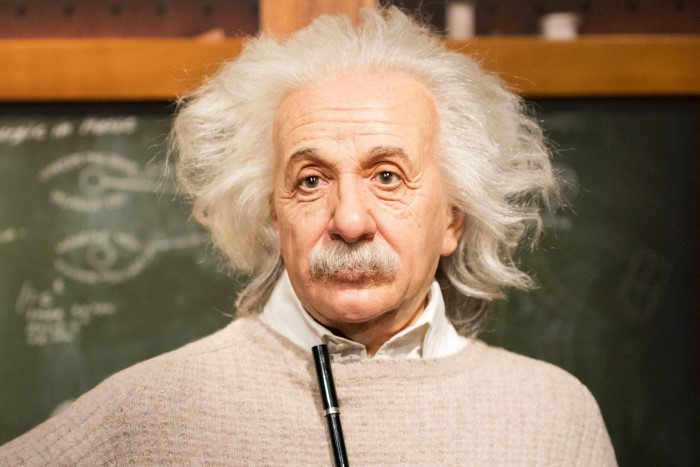Imagination is a tool for healing. Children have a natural flair for imagination. A child will have the ability to enter his imagination when he is faced with a challenge in this world. Children converse with imaginary pals in their minds. They have a special lens through which they view the world, gasping hints that the rest of us miss.
But why do kids behave differently from most adults? What do they possess that we do not? Instead of finding out what children have, I feel it is vital to look for what they do not have.
What suffocates imagination?
1. Fears
By replacing fear with curiosity, we open ourselves up to an infinite stream of possibilities. We may either let fear govern our lives or we can become childish in our curiosity, stretching our boundaries, stepping outside of our comfort zones, and accepting everything life throws at us.
Fears are acquired from others or as a result of personal experiences. Sometimes they form just based on observing the others traumas.
20 years ago, I boarded my first flight on a business trip to Cairo. I was brave and had no fear of flying, though I had never experienced flying before.
I had only heard what other people felt on a plane which included all kinds of fears about flying. But not me! I was brave! I sat down and looked around and observed how everyone was calm and not preoccupied with the fact that they will soon be airborne in a flying box for several hours.
After take-off I remained very relaxed when suddenly the airplane hit some unexpected turbulences, shaking violently. I had my headphones on when I noticed the strange unusual movements of the Airbus 320. I was still calm… until I turned around and saw two terrified women, praying and desperately making the sign of the cross. In front of me, a few rows ahead, a family with kids started screaming in fear. Their combined wave of fear swept over me and all of a sudden, I started to feel the same terror that they were experiencing, a strong fear of imminent death. If I hadn’t seen these terrified passengers, I would have remained calm and fearless through the turbulence, all the way till landing.

Their state was not my reality, and yet, by association, within seconds, I was completely absorbed by fear. My first flight experience is an example of how strongly we can feel what others feel. We pick up on other people’s feelings and emotions. Sometimes we are aware of it, but usually we aren’t. (Excerpt from “The Ki Train Method” – page 172 – Emotions are contagious)
I cannot emphasize enough the fact that we are born fearless! Just keep it in mind!
2. Social Constraints
The more rules we accept and incorporate into our lives, the less conceivable it is that we will be able to imagine our world. The world takes on the appearance of a chess board, with rigid and limited moves. I could offer countless examples of how we abandon dreaming beyond the boundaries we’ve accepted. We cannot envision any other norms.
Societies impose a certain way of life. We are being indoctrinated how to act, think, and feel about our own lives. When we seek to transcend the system of beliefs, we are labeled as outcasts. Whether on purpose or not, the rules we abide by include the program of feeling guilty for being different from others.
When we feel that the world is conspiring against us living a free life, we must remember that we still have a powerful weapon concealed within our DNA: imagination.
3. Mind-Body Dissociation
One of the errors we make as adults is to disconnect ourselves more and more from the body. We ignore our body’s voice. Although the body is as intelligent as the mind, we often overlook its infinite potential for perception.
The body becomes a prison in which we confine our emotions. We live on an emotional roller coaster without even thinking about how to heal it through the body.
It’s as if the infinite mind is imprisoned within the body. What distinguishes the mind from the body? The field between them is a tricky component of ourselves: the subconscious mind. We can almost erase the mind-body separation once we gain access to the subconscious mind.
Shifting paradigms allows for reprogramming through imagination.
True Leaders Use Imagination as a Tool
Aside from children, who have no limits when it comes to using their creativity, some adults, known as informal leaders, utilize their imagination to dream and inspire others to follow them.
Whenever I was doing a recruitment interview, I would always ask, “What is more important?” Knowledge or creativity?

The response would quickly tell me if they are leader material or not. Those that chose imagination were more prone to later become true leaders in the organization.
Humans vs. Artificial Intelligence
Recently, there has been much discussion on what the world would look like if artificial intelligence took over. The human race has always sought advancement. When compared to the previous thousands of years, technological advancement in the last 100 years has been incredibly rapid. We are currently living in a time when technology is progressing faster than spirituality.
A human mind has also conceived artificial intelligence. Or perhaps not human at all, but that is a topic for another time or perhaps another blog.

I am not concerned that artificial intelligence will take over the world. It is more terrifying that humans (particularly adults) are becoming robots since they live lives devoid of imagination, just like any other lifeless robot. Perhaps some of us are already transforming into robots. Because the only key differences between a robot and a human are a lack of creativity and emotions.
Final Thoughts
Only when we are our authentic selves does our imagination emerge. We create realities with our imagination. Every expert in their own fields would agree that imagination produces reality. A football player prior to shooting a penalty, a chef prior to crafting a recipe, a martial artist prior to throwing a kick, an architect prior to building an outstanding house, and a leader prior to forming an efficient team are just a few examples of how imagination becomes reality.
The Ki Train Method aims at developing the power of the imagination. We envision the desired outcome and assume it has already happened in another reality. Then we combine our universe with the parallel universe. Because we are creators, our primary goal is to create our reality. Relaxation and attention are two of our method’s primary pillars. Simply exercising these pillars will empower us in our creative process.
Let us create with intention rather than relying on inherited subconscious mental programming. Imagination is a tool for healing.
